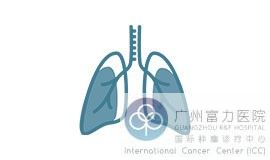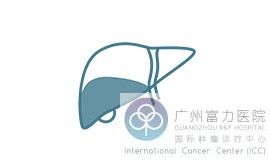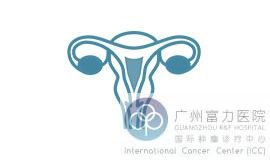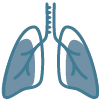Lung Cancer diagnosis

Data from the World Health Organization show that there are two "1/3" rules in lung cancer prevention and treatment: one-third of cancers are preventable, and one-third of survival quality can be improved through standardized diagnosis and treatment. Clinical data from the International Cancer Center of Guangzhou R&F Hospital show that the five-year survival rate of patients with early-stage lung cancer is 82.7%, but the proportion of patients with the first clinical diagnosis in my country in the middle and late stages is still over 70%.
[Characteristics of the latent period] Early lung cancer often presents with non-specific symptoms such as persistent dry cough and blood in sputum. Smokers are more likely to ignore it because of the long-term existence of similar symptoms. When typical symptoms such as pleural pain, coughing up blood, and persistent fever appear, 78% have progressed to the locally advanced or metastatic stage.
[Precision screening strategy] It is recommended that high-risk groups (smoking index ≥ 400 cigarettes per year, history of occupational exposure, etc.) undergo low-dose spiral CT examinations every year. This technology can detect tiny nodules <5mm, which is 6-8 times more sensitive than traditional chest X-rays. For suspicious lesions, it is recommended to combine liquid biopsy (CTC/ctDNA detection) and PET-CT for multimodal evaluation to increase the accuracy of early diagnosis to 91.2%.
X-ray examination: When the cough and chest pain symptoms persist without improvement, X-ray and bronchoscopy may be performed. X-ray examination can determine whether there is a tumor in the lungs, the location and size of the tumor, and may also reveal local emphysema caused by bronchial obstruction, infiltrative lesions near the lesion, or lung inflammation.
Bronchoscopy: Bronchoscope can be used to directly observe the pathological changes of the bronchial lining and lumen.
Cytology examination: Sputum cytology examination is a simple and effective method for lung cancer screening and diagnosis. Most patients with primary lung cancer can find detached cancer cells in their sputum.
Exploratory thoracotomy: If the nature of the lung mass cannot be determined after multiple examinations and short-term diagnostic treatment, and the possibility of lung cancer cannot be ruled out, exploratory thoracotomy should be performed. This can avoid delaying the disease and causing lung cancer patients to lose the opportunity for early treatment.
ECT examination: ECT bone imaging can detect bone metastases at an early stage.
Mediastinoscopy: Mediastinoscopy is mainly used for patients with mediastinal lymph node metastasis who are not suitable for surgical treatment and for whom other methods cannot obtain a pathological diagnosis.
Use precise technology to create more possibilities for life.
The Cancer Center of Guangzhou R&F Hospital has opened an era of "chemotherapy-free survival" for cancer patients, winning a lasting victory for life. If you or your family are facing difficulties in cancer treatment, please contact the Guangzhou R&F Hospital Cancer Center. We offer multilingual medical history consultations, contact us today to get an assessment of your treatment eligibility.
Contact Us:
email: rfcancercenter@gmail.com |
WhatsApp: +86 18565157271











































